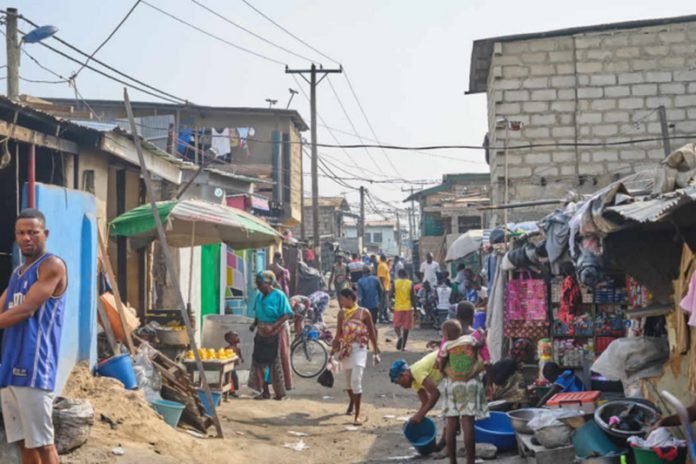The latest Ghana Multidimensional Poverty Report, released by the Ghana Statistical Service (GSS), has highlighted significant insights into poverty levels nationwide.
It reveals that employment and living conditions are the primary contributors to multidimensional poverty.
Director of Social Statistics at the GSS, According to Omar Seidu, households headed by individuals with no education are particularly vulnerable, comprising four out of every ten multidimensionally poor households.
Key Findings: Poverty Overview
The report identifies 7.3 million Ghanaians, accounting for 24.3% of the population, as multidimensionally poor. Among them, 43.8% experience severe poverty, facing deprivations in education, health, and living standards simultaneously.
Rural vs. Urban Disparities
Multidimensional poverty affects 36.7% of the rural population and 43.4% of urban residents, reflecting similar severity levels in both settings.
Regional Variances
The Savannah Region stands out with 49.5% of households classified as multidimensionally poor, nearly double the national average. Despite this, the Ashanti Region hosts the highest number of multidimensionally poor individuals, totaling 959,031.
Employment and Living Conditions
Employment (32.6%) and living conditions (27.9%) are the foremost factors contributing to multidimensional poverty. Health insurance also plays a critical role, accounting for 21.5% of poverty indicators.
Demographic Insights
Female-headed households (27.0%) and younger or older household heads are disproportionately affected by poverty.
Educational Impact
Educational attainment significantly influences poverty levels, with households led by individuals who never attended school facing higher poverty rates. Those with basic education experience a poverty incidence of 20.0%, contrasting sharply with those holding tertiary education (7.1%).
Sectoral Analysis
Agricultural households report the highest poverty rates (34.3%), while those in services and industry sectors fare comparatively better.
Policy Implications
The findings underscore the need for targeted interventions addressing educational access, living standards improvement, and sustainable employment creation to combat multidimensional poverty effectively in Ghana.

